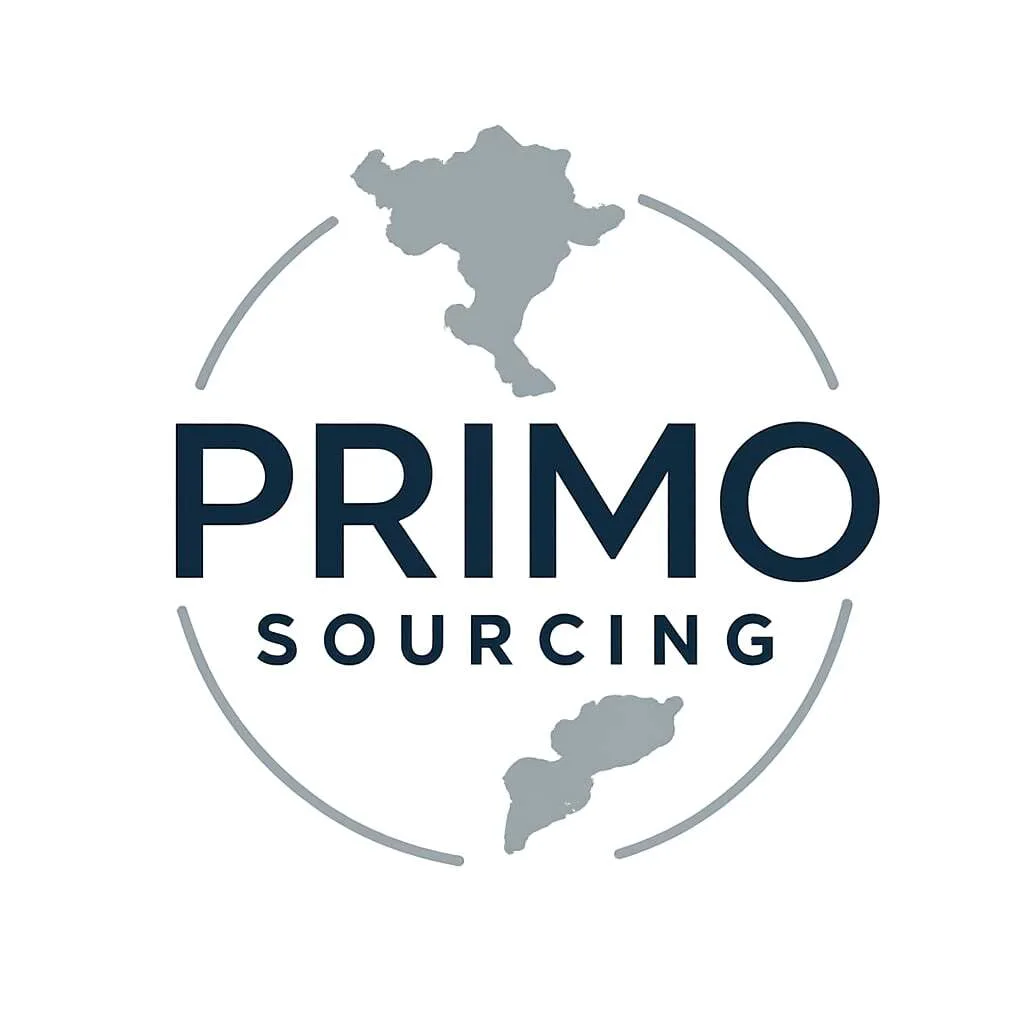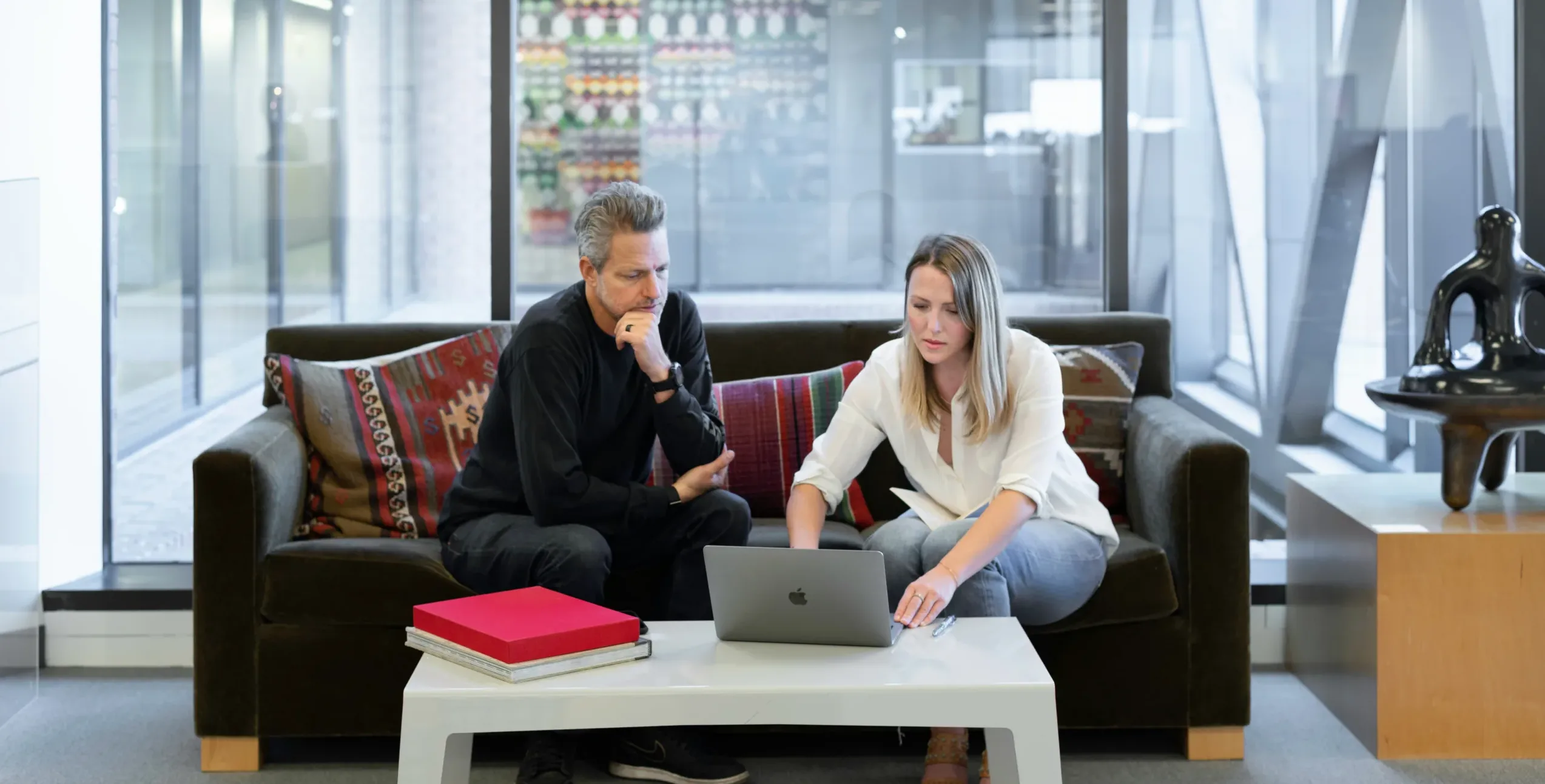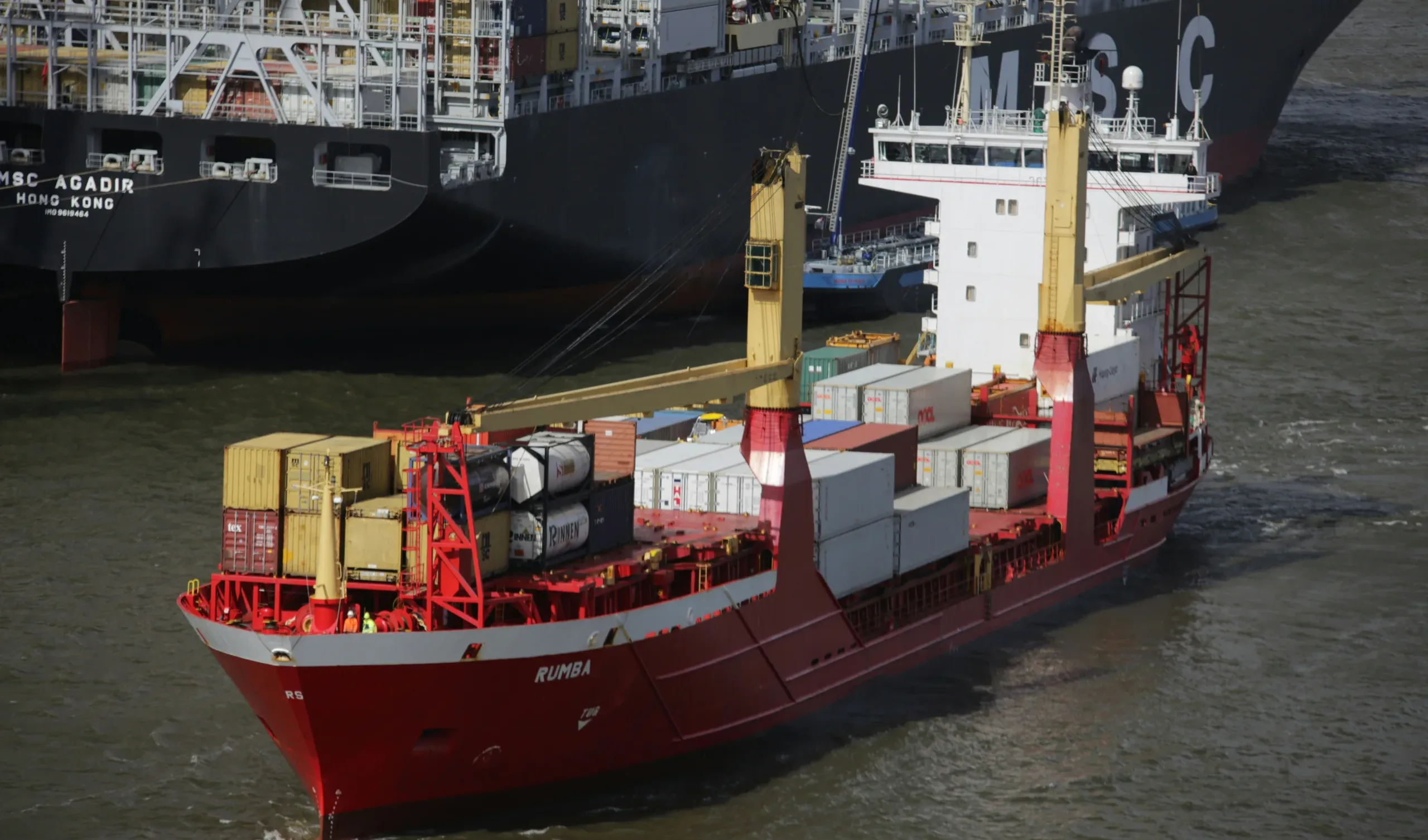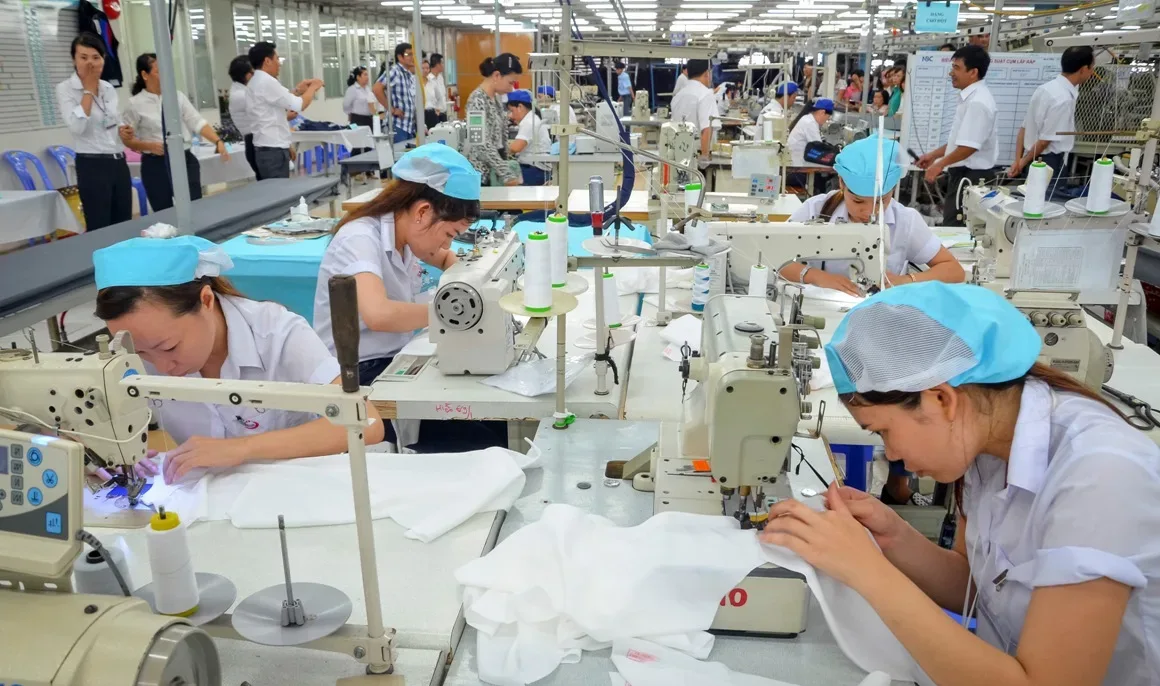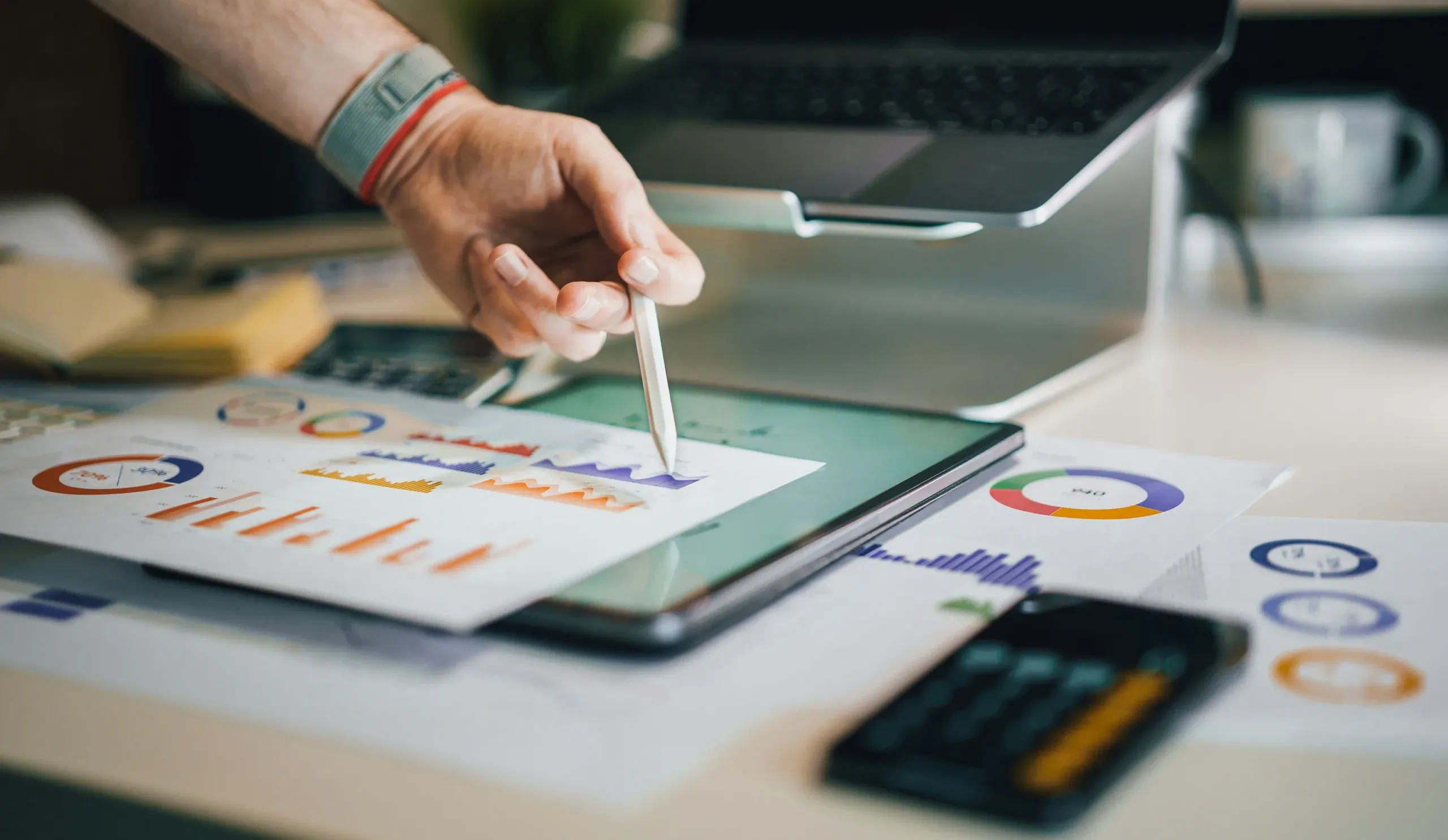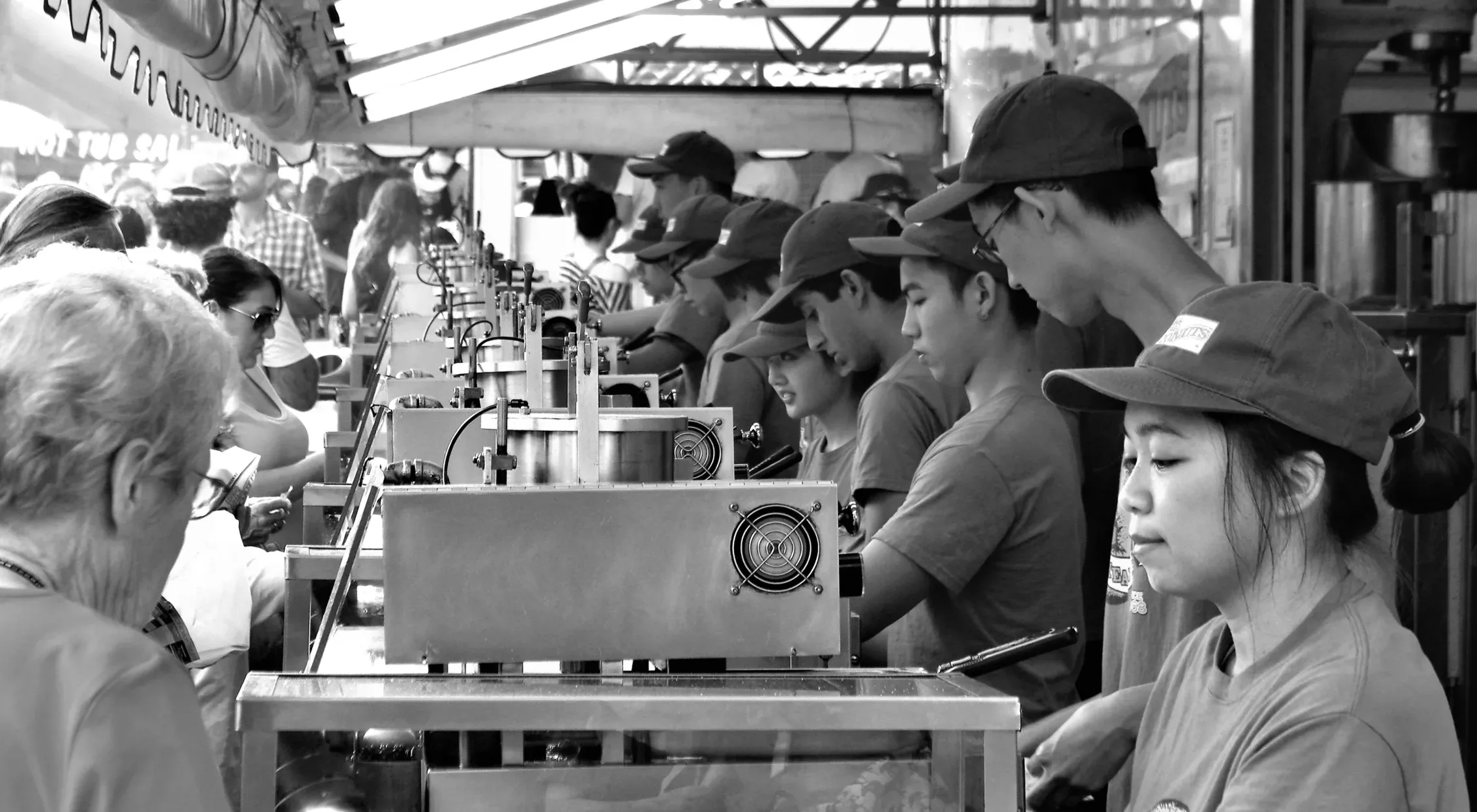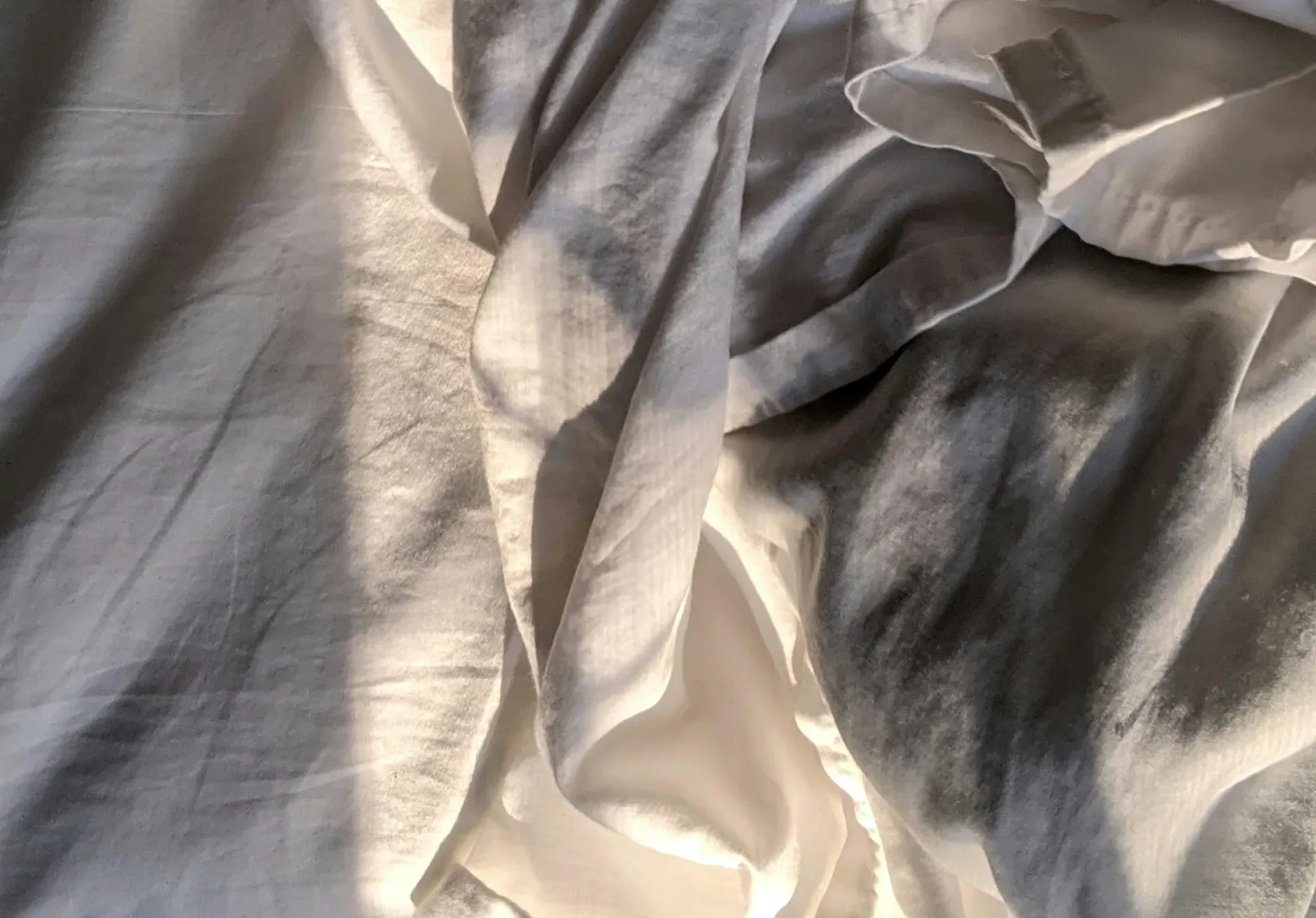As global supply chains pivot toward Southeast Asia, many businesses ask: What exactly is a sourcing agent, and how can they deliver better value than simply using a trading company?
At PRIMO Sourcing, we operate as the definitive answer to that question. We are not traders; we are your dedicated, on-the-ground Sourcing Agent in Vietnam, committed to transparency, direct factory linkage, and the unwavering protection of your interests.
Sourcing Agent vs. Trading Company: The PRIMO Distinction
The core difference lies in loyalty and business model.
| Feature | Trading Company | PRIMO Sourcing Agent (Your Partner) |
| Primary Loyalty | To itself (the reseller). Profit comes from marking up the factory price. | To YOU (the importer). Profit comes from a transparent service fee. |
| Pricing Model | Hidden Markup. You pay a higher final price, rarely knowing the true factory cost. | Full Transparency. We negotiate the best factory price and add a clear, agreed-upon service fee. |
| Product Focus | Usually promotes a catalog of existing, standardized products. | Sources Customization. We hunt for the perfect manufacturer based on your unique specifications. |
| Risk Profile | Higher risk of quality/material substitution to increase their margin. | Lower risk. We act as your local representative, enforcing your quality standards directly at the source. |
PRIMO Sourcing functions as the direct extension of your international purchasing office in Vietnam. We leverage our local presence to achieve Direct Sourcing benefits without the logistical burden you would face setting up your own office.
The PRIMO Advantage: Why You Need a Local Agent, Not a Middleman
In the dynamic Vietnamese market, our role as a Sourcing Agent is critical to de-risking your investment and maximizing your return.
1. Cultural Intelligence: Negotiating with Respect
In Vietnam, business is built on relationships first. A trading company often only engages when a deal is ready, but PRIMO Sourcing invests the time to build trust (quan hệ) with factory management.
- Bridging the Divide: We master the nuances of Vietnamese communication to ensure your requirements are clearly understood, while preventing cultural missteps that can sour crucial relationships. We help suppliers understand Western expectations for quality and timelines, all while maintaining the necessary harmony.
2. Rigorous Vetting & Unwavering Quality Control
Trading companies often rely on a limited set of established factories. PRIMO Sourcing casts a wider, more rigorous net.
- The PRIMO Standard: We don’t rely on factory websites. Our team conducts comprehensive factory audits, performs technical capability checks, and manages production monitoring from raw materials to final inspection. This detailed oversight ensures that what is agreed upon is what is delivered—every single time.
3. Strategic Value Over Transactional Cost
While a trading company aims for high sales volume to maximize markups, PRIMO Sourcing’s goal is to secure the lowest legitimate landed cost for you through strategic partnership.
- Beyond Price: We focus on securing favorable terms, better payment structures, and consistent material supply that stabilizes your production—advantages a simple reseller cannot offer.
Stop settling for the middleman markup and the hidden risks.
PRIMO Sourcing ensures you get the direct factory access and unwavering loyalty of a true sourcing agent. We provide the control, transparency, and local expertise that serious importers need to thrive in Vietnam’s booming manufacturing landscape.
Partner with PRIMO Sourcing: Your direct, transparent link to the best of Vietnamese production.
